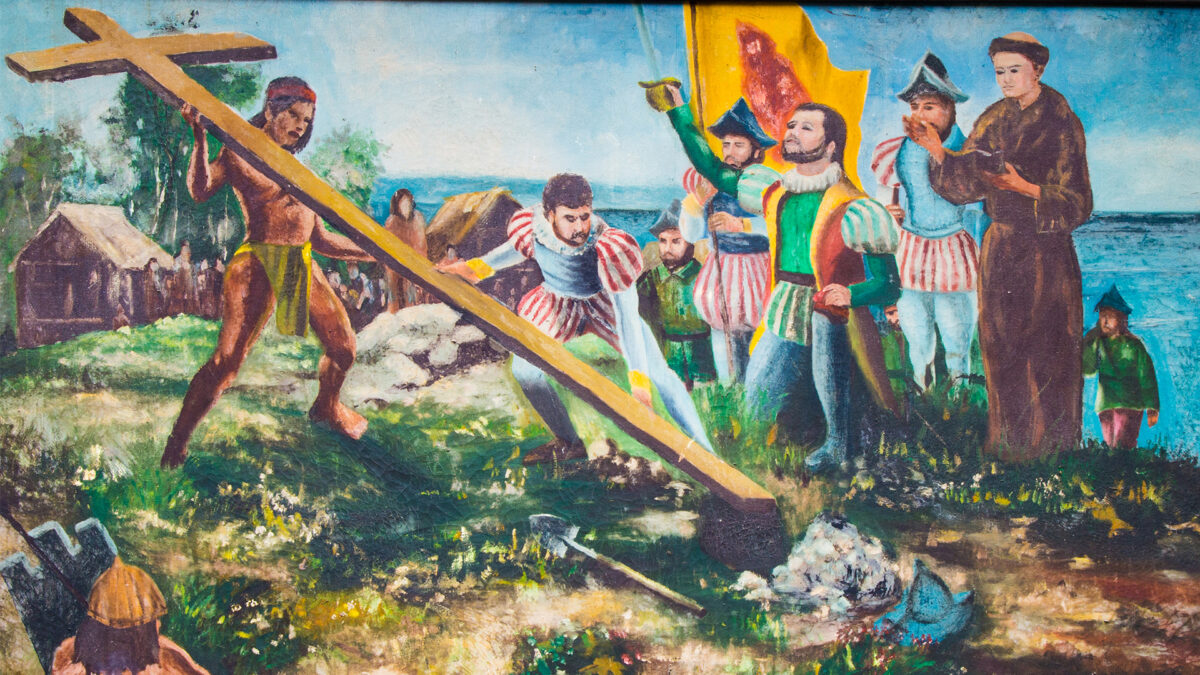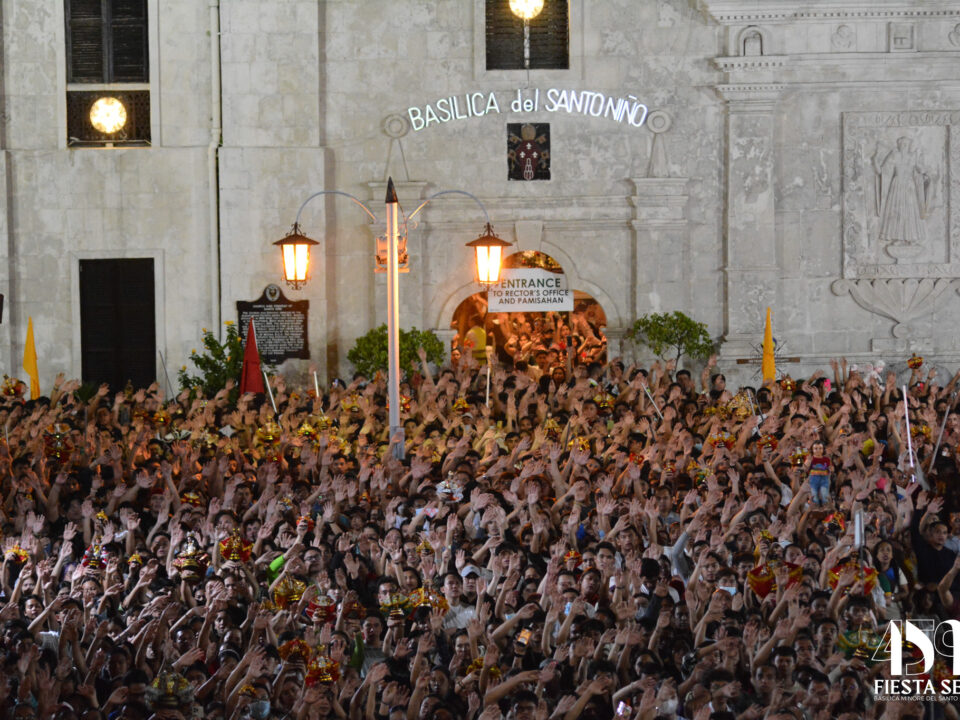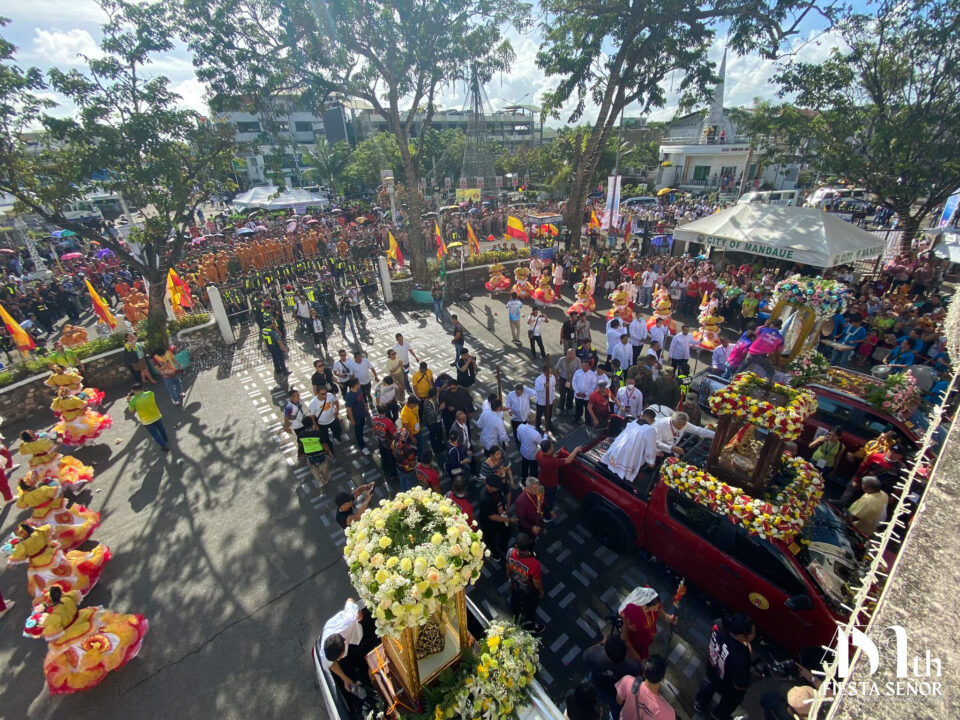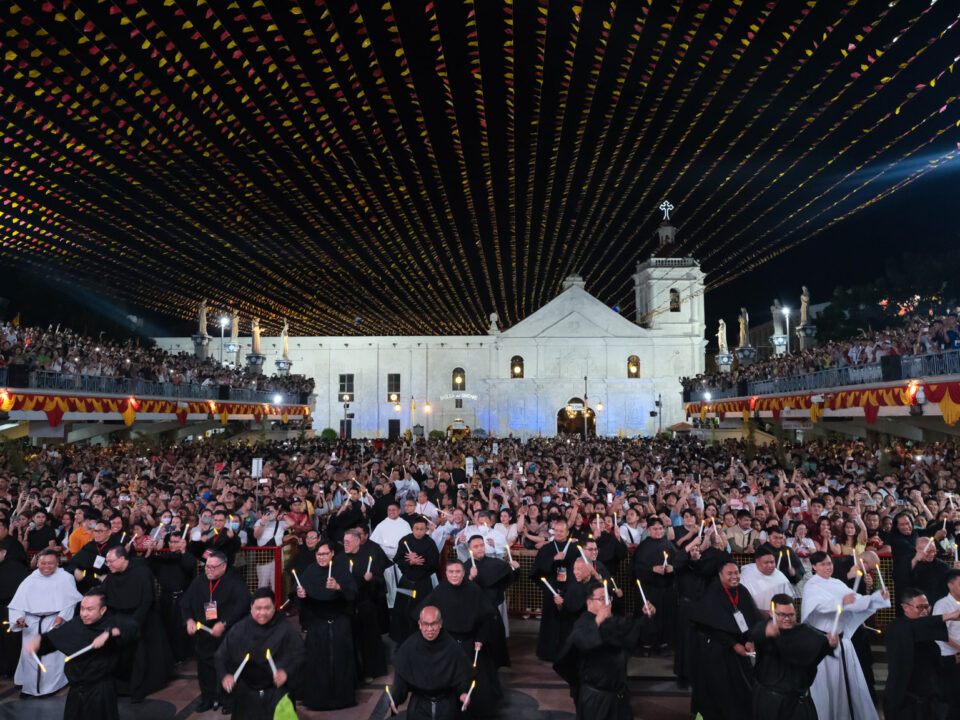Commemoration of the 501st Anniv of the Planting of the Cross in Cebu

Planting of the Cross
Five hundred and one years ago on March 31, 1521 Captain Ferdinand Magellan set up the first Cross of the Christian faith “at the top of the highest mountain” on Limasawa island as a customary symbol of worship and signpost of divine protection from many dangers beyond human control, especially the natural calamities. The captain set up another “great cross in the center of the square” on April 14, 1521 within the vicinity of the trading port ruled by Raja Humabon of Zzubu (Cebu) with the encouragement to venerate it regularly and dispatched the earthly idols or gods as clear manifestations of authentic Christian profession (cf. Antonio Pigafetta’s “First Voyage Around the World”). More than the temporal benefits in planting and adoring the Cross, the captain emphasized the consequence of divine praise and progress in the witness of faith.
The Cross
The centrality of the Cross in the Christan faith conveys a deeper meaning in relation to Jesus – the crucified one – and concretely embodied in the lives of Christians and the Church. The significant message of the Cross is best exemplified by the faith journey of innumerable disciples who committed themselves in the service of the Triune God through the local Christian community and the universal Church. The Cross signifies that Jesus had died and rose for all and for every faithful believer. The gratuitous and merciful love of God is made manifest in the Cross, the sign of God’s offer of salvation and symbol of divine grace for the redemption of humanity, the world, and the whole of creation. The Cross of Christ reveals “the power of God” (1Cor.1:24) and his love (1Cor.1:25) and Jesus, the crucified one is the very wisdom of God for He shared to us who God is and showed the extent of God’s infinite love and mercy for anyone who wish to leave sin behind and live a meritorious life deserving of the sacrificial offering of Jesus intended for reconciliation and salvation. The Church, as a community of disciples, is in a constant call for conversion and renewal. It is for this reason that the Synod on Synodality 2023 opened the process of a Synodal Church that listens and involves its members in a journey of communion, participation, and mission. The inclusive undertaking is reflective of the universal offer to all, and characteristic of the body of Christ, the Church which is on her way to the eternal kingdom of God under the guidance and inspiration of the Holy Spirit.
Five centuries hence, devotional practices started and developed into the rich expressions of Christian faith in the Philippines. From the glorious and symbolic planting of the Holy Cross in Cebu, faith and the institutional Church evolved into important cultural and spiritual entities. The kiosk of Magellan’s Cross together with the Image and Sanctuary of Santo Niño de Cebu played a pivotal role in the integral development of the lives of the Cebuanos, the pilgrims and devotees from around the country and the world. On April 14, 2021, as we commemorated the 5th centenary of the Introduction of Christianity and the arrival of the Santo Niño Image in the Philippines, the Basilica Minore del Santo Niño de Cebu and the Pavilion of the Magellan’s Cross were recognized and declared as National Cultural Treasures by the National Historical Commission of the Philippines (NHCP). Since the arrival of the first Augustinian missionaries in 1565, the Order of Saint Augustine carried out the stewardship role in the promotion and conservation of the national cultural and religious treasures entrusted to their care. The Augustinians in the Philippines continue, to this day, discharging the sacred deputation of safeguarding both the material and intangible heritage introduced 500 years earlier.
500 Years and beyond
In continuing the observance of traditional and meaningful Holy week programs and activities remembered as well the historic event the time the Holy Cross was erected in Cebu five centuries since. In a particular commemoration, the Basilica Minore of Santo Niño de Cebu celebrates the Augustinian “Way of the Cross” as a renewed expression of commitment to proclaim the salvific act of Jesus on the Cross. During the penitential celebration, prayers were offered for communal and personal intentions, the consecration of Russia and Ukraine to the Immaculate Heart of Mary, the forthcoming May national and local elections, victims of calamities, violence and injustice, the wellbeing of those impacted by the pandemic. The celebration is a call to actively participate in the fulfillment of God’s redemptive plan for the faithful disciples of Christ and, our brethren in need of God’s mercy and love. Presiding the penitential rite is His Excellency Most. Rev. Midyphil Billiones, D.D. with the Augustinian friars, government officials, Basilica organizations and the laity in attendance. (Rev. Fr. Arnel Antonio S. Dizon, OSA)





